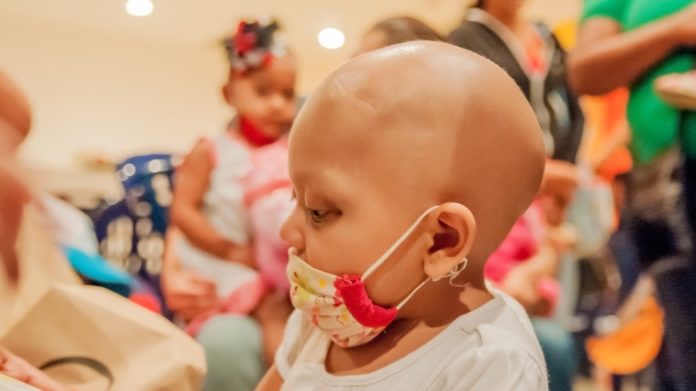A new diagnostic test for analyzing pediatric cancer successfully trialled by Canadian and international researchers may lead to personalized treatments for children.
In a study published in JNCI Cancer Spectrum, 28 pediatric tumour samples comprising nine cancer types were sourced from the BC Children’s Hospital Biobank.
The team’s work is part of a novel sub-field called precision oncology, which involves the molecular profiling of tumours to identify areas that can be targeted and altered. The researchers’ analysis found that their test discovered more genetic mutations per sample when compared to standard tests used for adults.
Having a dedicated test for children is important because pediatric cancer is qualitatively different from adult cancer. It’s rarer and survival rates are generally strong, but relapse often proves fatal. The test was also better equipped at identifying a tumour’s weaknesses, which may potentially be targeted with a tailored drug program in the future.
The new test, called the Oncomine Childhood Cancer Research Assay (OCCRA) is “a next-generation sequencing-based tool designed for comprehensive genomic profiling of cancers affecting children and young adults.”
According to a UBC press release, the OCCRA helps researchers by amplifying genes of interest. Researchers can then take a look at a list of possible drugs that could target the cancer cells.
Results for a single test can be produced within just two to three days, and up to 16 patients per week can be examined. The speed of the analysis could prove to be invaluable given how quickly pediatric cancers can spread.
“Pediatric cancers are often very aggressive, so doing these types of tests need to be very fast,” says lead author Amanda Lorentzian.
“Using targeted sequencing allows for a fast turnaround time and a simple workflow. It has a lot of potential to inform better treatment options for pediatric patients.”
Senior co-author, Philipp Lange, commented that they hope this new technology could identify targeted treatments which would act as a preemptive strike if cancer looks likely to return.
“We are thinking of ways that we can use this technology in a more proactive way to study the child’s cancer early and prepare for a disease relapse prior to its occurrence,” he says.
Still, there are no guarantees that this test could lay the groundwork for future personalized treatment programs. Years of clinical trials need to be completed before such a tool would be readily available, but this an exciting step in the right direction.








































